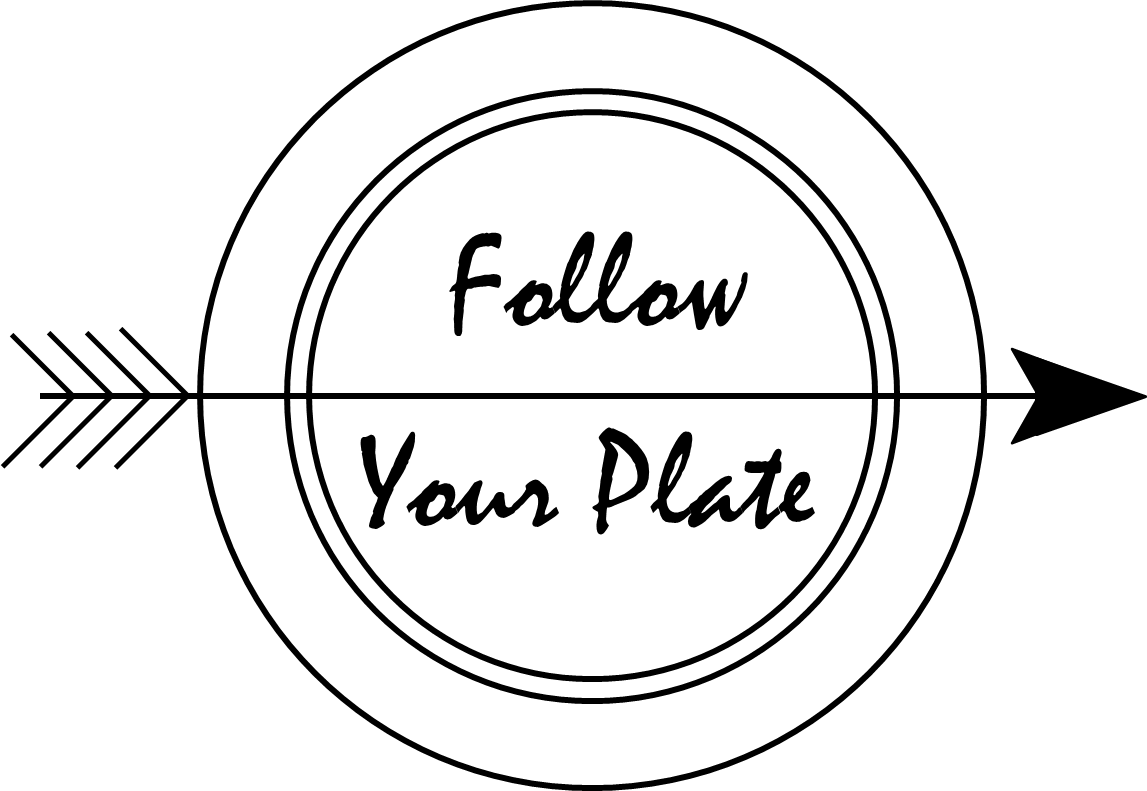INTRO TO MINDFUL EATING
Breath in, focus on your breath, notice any distractions that come to mind as you inhale. Exhale, gently blowing away your thoughts. Have you ever heard of mindfulness? These days the word is buzzing, with top magazines such as TIME putting out a special edition dedicated to the topic. By Merriam-Webster’s definition, mindfulness is “a state of heightened or complete awareness of one's thoughts, emotions, or experiences on a moment-to-moment basis”; or simply put, awareness.
Photograph of Kim holding Coconut Bowls. More information about bowls can be found here.
Can you think of areas in your life where mindfulness would have an impact? With endless possibilities, I like to focus on how being mindful can positively influence eating habits. There has been a boom in research observing the link between mindful-based interventions and positive nutritional outcomes. Daily we are bombarded with decisions; on when to roll out of bed, what to eat for breakfast, how to respond to daily stress, what and how to eat lunch; the list goes on. Constantly connected to devices and other people, we often lose sight of what we ourselves need.
So, what is mindful eating? Is eating mindfully simply eating slowly, or counting how many times you chew your food? is there something more to it? Eating mindfully is being aware of the food that you are eating and how it affects you.
Another term you may have heard of is Intuitive Eating. Though they are very similar, I consider mindful eating to be more the act of eating with awareness, while intuitive eating may describe the thoughts and feelings before you eat. In practice, both are used to:
- Eliminate classic “dieting”
- Remove judgement, either on yourself or on others
- Use inner and outer “wisdom” to recognize your own hunger and fullness cues
If you are having trouble picturing mindful eating, think of the opposite. Mindless eating. For example; have you ever come home, opened the front door, dropped your bags on the floor, and raced to the kitchen, opening every cabinet in search of something quick to eat? You find yourself opening a bag of chips and snacking while continuing to look for more things to eat. Then without realizing, you reach in the bag and hit the bottom; you have eaten the whole bag. When this happens, you might not feel satisfied with your snack and continue to look for more to eat. In this example, you may not have enjoyed the smell, texture or even flavor of the food. Why? Because you were not aware you were eating it. This can lead to over eating and a lack of satisfaction with your meal.
Other examples of mindless eating:
- Eating while watching TV
- Eating while working, answering e-mail, talking on the phone
- Snacking out of the box or bag while watching a movie
It is important to note, that mindful eating is not about dieting, or even the types of foods you eat. It is about recognizing what and how much of it your body needs. Can this type of awareness help to change your eating patterns and ultimately the type of foods you choose? Possibly. But that is for you to decide. Below are some tips on how to eat mindfully.
- Reduce distractions: Turn off the TV, put your phone down, and eat at the table.
- Be aware of your surroundings: Set the table, light candles, or simply keep it clear of clutter.
- Breathing: Sometimes closing your eyes and taking a few deep breaths can help reduce distractions.
- Presentation is everything: Plate your food in an appealing way.
- Portion control: If watching a movie and you are going to enjoy a snack, set a reasonable amount in a bowl or plate and put the rest away in the cabinet.
- Use your senses:
- Look at your food, notice the color and the amount on your plate.
- Smell your food
- Listen, is there any sizzling, or other noises that draw your attention?
- Taste: Though this goes with the other senses, really take the time to taste your food. Paying attention to the texture as well. Is your plate made up of more than one texture? Crunchy, soft, chewy…
Can you see a benefit of incorporating mindful eating into your daily life? Next time you sit down for meal or a snack, I challenge you to try a few of these suggestions.

